YEN BAI In order for chili peppers to meet the very strict requirements when exporting to the Japanese market, farmers must strictly follow organic farming processes.
YEN BAI In order for chili peppers to meet the very strict requirements when exporting to the Japanese market, farmers must strictly follow organic farming processes.
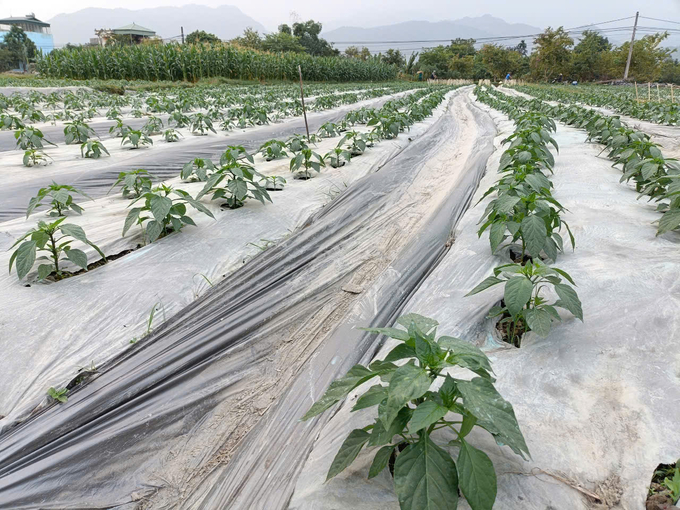
Chili fields are growing well after nearly 2 months of planting and care. Photo: Thanh Tien.
In recent years, people in Thanh Luong commune (Nghia Lo town, Yen Bai province) have boldly cooperated with businesses to grow chili in an organic direction, ensuring quality and safety requirements to export fresh chili to the Japanese market - one of the most demanding markets with high demands on product quality.
In the last days of November, the weather in Nghia Lo has turned cold, the fields in Thanh Luong commune are bustling with people tending to their vegetables. The chili fields planted nearly 2 months ago are gradually taking root and growing green, preparing for a promising harvest.
Ms. Deo Thi Heo's family in Dong Noi village, Thanh Luong commune has planted 1,000m2 of chili since the winter crop of 2023. All products were purchased by Nghia Lo Agricultural Import-Export Company at a price of 7,000 VND/kg, bringing in an income of more than 40 million VND. Seeing the good economic efficiency, right after this year's winter-spring rice harvest, Ms. Heo's family urgently prepared the land and made beds to plant more than 2,000m2 of chili.
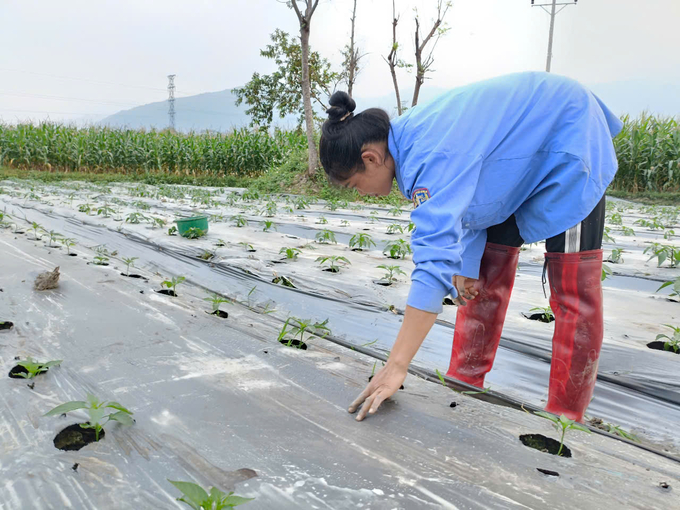
Ms. Heo weeds the chili bushes. Most of the field is covered with plastic to limit weeds. Photo: Thanh Tien.
Ms. Heo shared that the chili varieties provided by the company, after planting and caring for about 3 months, will start to produce fruit. The harvest period lasts for 3 - 4 months. Because of the suitable soil, climate and technical guidance, the chili area has high productivity, stable selling price and income many times higher than corn, rice and other crops.
Like Héo’s family, Đinh Thị Nga and her husband are busy planting stakes to support the chili plants so they don’t fall over when they bear fruit. This winter, Nga’s family planted 2,500 square meters of chili peppers with bell pepper varieties provided by the company.
According to Ms. Nga, previously this entire area was used to grow watermelons, cucumbers and some vegetables in the winter. In recent years, she has switched to growing chili peppers for high productivity, long harvest time and the company has guaranteed the products, so there is little risk and the income is always stable. On average, 1,000m2 of chili pepper land can harvest about 6 tons of fruit, with the selling price to the company being 7,000 VND/kg.
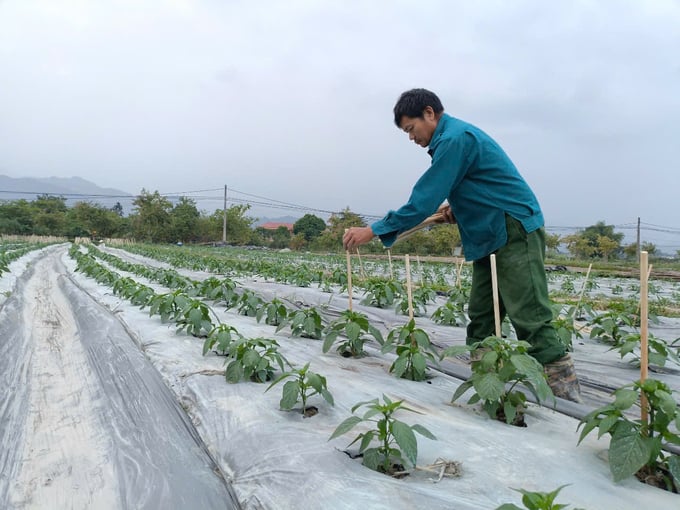
People put up stakes to prevent chili plants from falling over when they are full of fruit. Photo: Thanh Tien.
The fresh chili products of the local people are contracted by Nghia Lo Agricultural Import-Export Company to be exported to Japan, so the care process must be organic, meeting strict requirements on quality and safety. Fertilizer mainly uses composted manure, pest control with biological products, chili planting beds are covered with plastic to limit weeds. When harvesting, the company's technical staff will directly inspect the quality before purchasing.
Ms. Ha Thi Vy, Head of the Chili Export Cooperative in Thanh Luong Commune, said that after visiting the green chili growing model in Phu Tho , some households in the commune converted rice fields to grow chili for export. Seeing that the economic efficiency is much higher than other crops, more and more households have switched to growing chili.
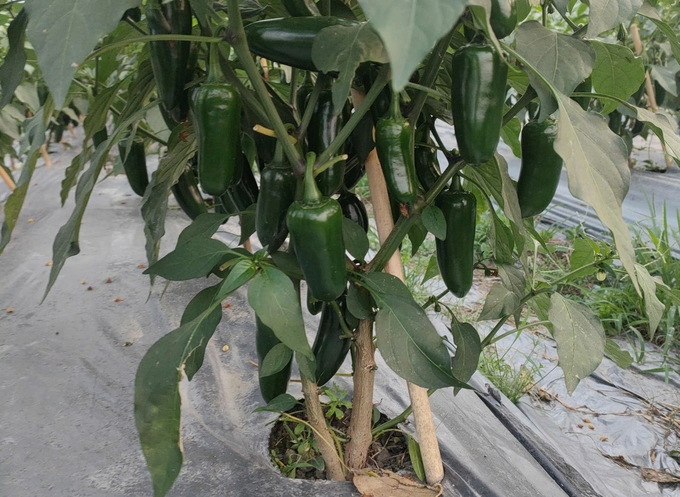
Each hectare of chili brings in an income of 350 - 400 million VND/ha/year. Photo: Thanh Tien.
In 2022, the Chili Export Cooperative was established, with 33 members to date. Members are always committed to strictly following the chili growing process such as using seeds supplied by the company; using safe biological fertilizers and pesticides. The seeding time starts from October, harvest begins at the end of December and ends around June of the following year.
The quality of harvested products must ensure standards in terms of design, color, size and weight, be free of disease, deformity, impurities and pesticide residues according to prescribed standards.
The model of growing chili in an organic and safe way for export brings economic efficiency many times higher than growing rice, corn and other crops, averaging 350 - 400 million VND/ha/year. All chili products exported to the Japanese market have clear origins and grow well under organic farming conditions. Chili varieties have good resistance to pests and diseases and high productivity, adapting to local climate and soil conditions.
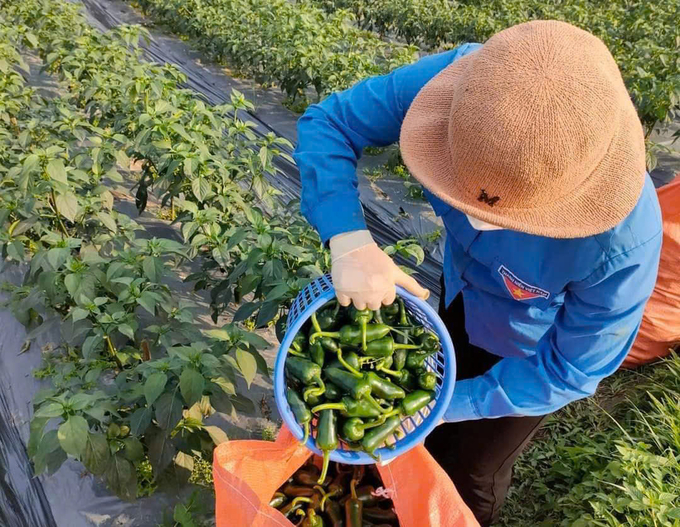
Nghia Lo Agricultural Import-Export Company is coordinating with the government to encourage people to expand the chili growing area. Photo: Thanh Tien.
Mr. Pham Van Lam, a technical staff member of Nghia Lo Agricultural Import-Export Company, said that growing chili peppers for export to Japan requires farmers to follow strict procedures from land preparation, planting, care to harvesting.
To have products that meet export standards, the Company guides people to choose and prepare soil that is not contaminated with chemicals, pesticides or chemical fertilizers. Improve the soil by applying organic fertilizers, bio-fertilizers, manure, green manure, and organic humus to increase the porosity and improve soil fertility.
In addition, apply the method of rotating one rice crop and one chili crop to minimize pests and diseases and avoid depleting the soil of nutrients.
Currently, Nghia Lo Agricultural Import-Export Company is signing a contract to produce and consume products for nearly 20 hectares of chili in the locality. The company is also coordinating with local authorities to continue expanding the scale of chili growing areas for export to improve economic efficiency per unit of cultivated area and increase income for people.
Source: https://nongsanviet.nongnghiep.vn/trong-ot-huong-huu-co-dap-ung-yeu-cau-khat-khe-de-xuat-sang-nhat-ban-d410814.html








![Tue Tinh gets rich from the fields: [Article 3] Chili plants take root to reduce poverty](https://vphoto.vietnam.vn/thumb/402x226/vietnam/resource/IMAGE/2025/12/02/1764640627872_img_5015-221526_666-085700.jpeg)


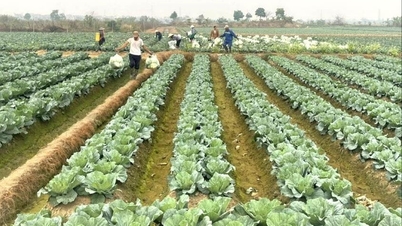

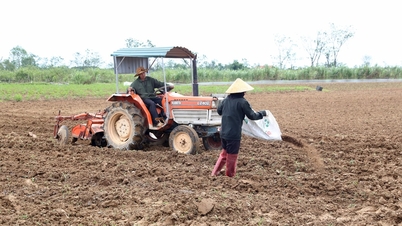

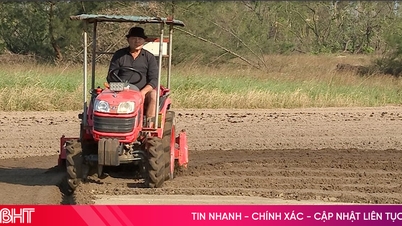

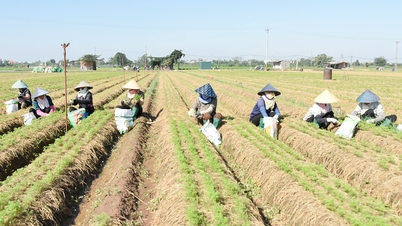



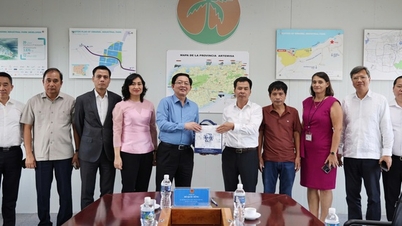

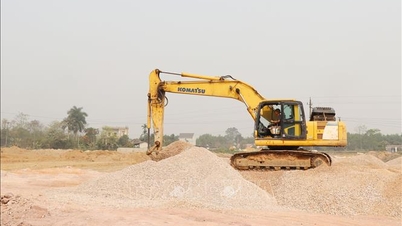

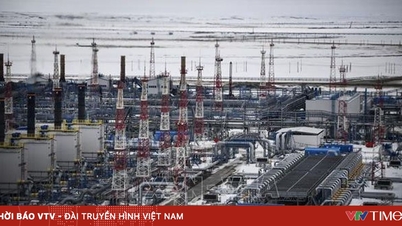

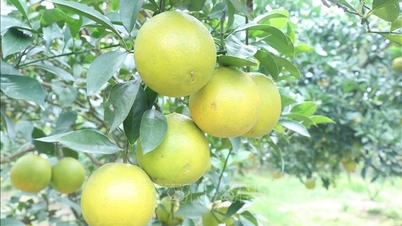





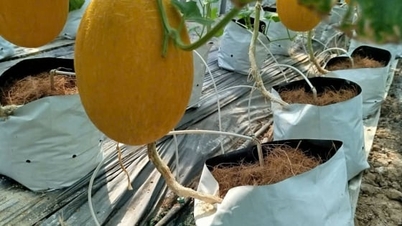

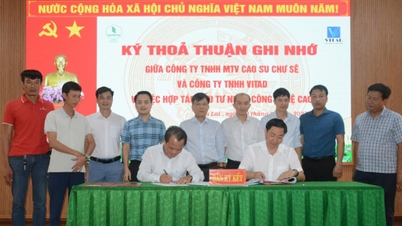
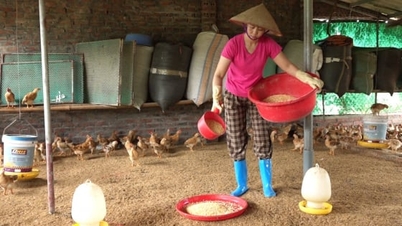
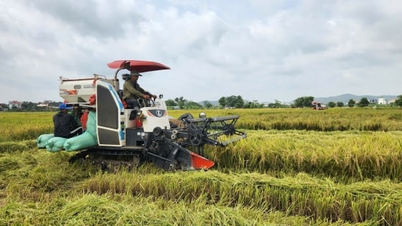
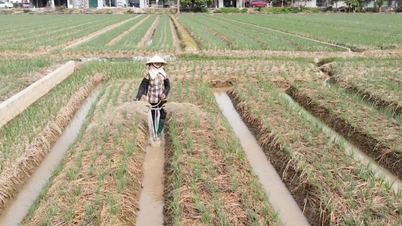
![[Photo] Parade to celebrate the 50th anniversary of Laos' National Day](/_next/image?url=https%3A%2F%2Fvphoto.vietnam.vn%2Fthumb%2F1200x675%2Fvietnam%2Fresource%2FIMAGE%2F2025%2F12%2F02%2F1764691918289_ndo_br_0-jpg.webp&w=3840&q=75)
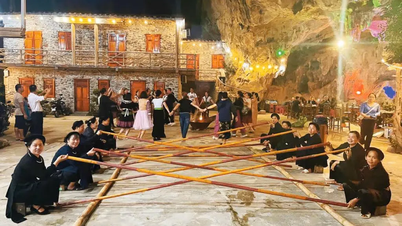



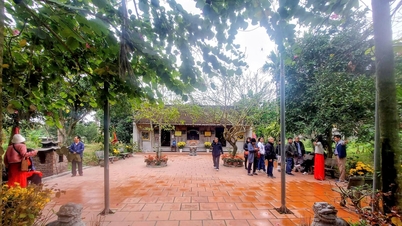





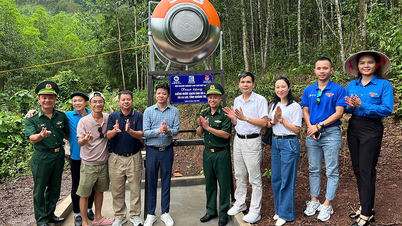











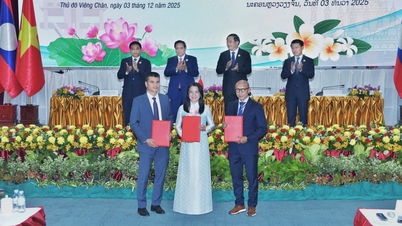



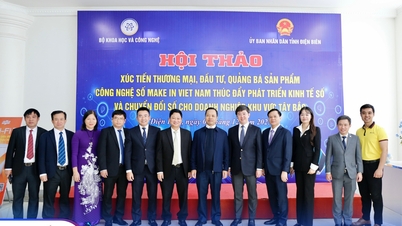
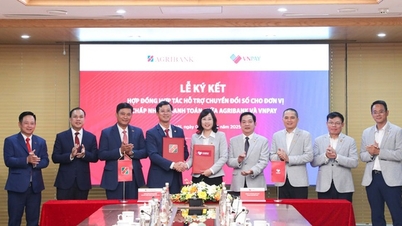




























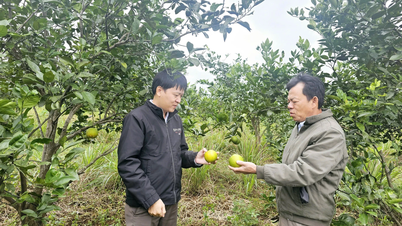












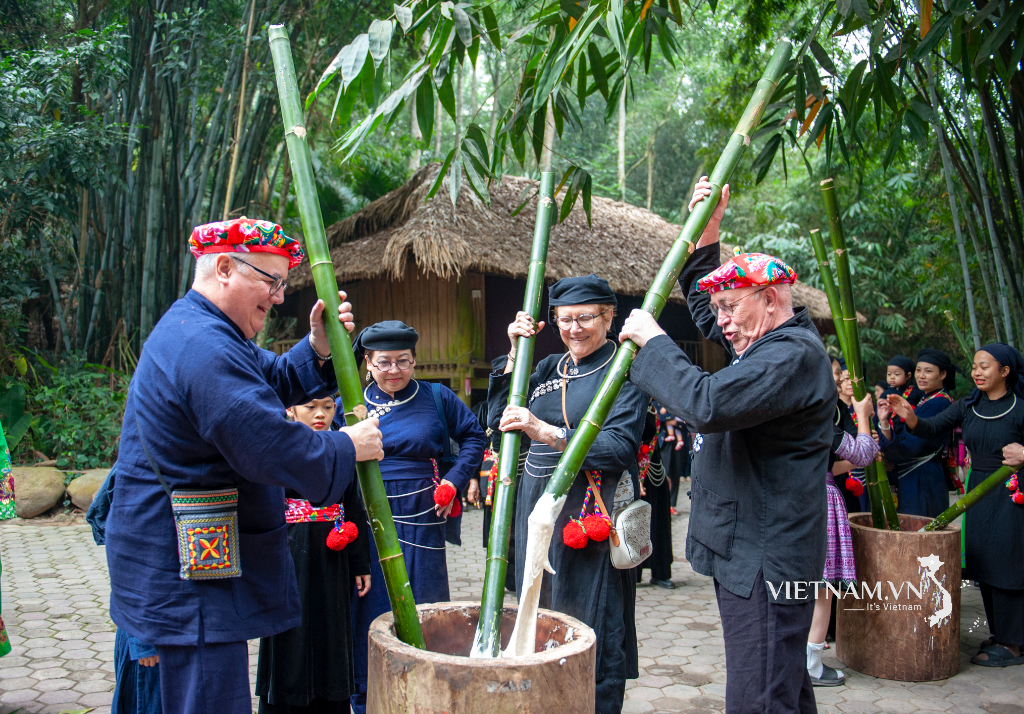


Comment (0)